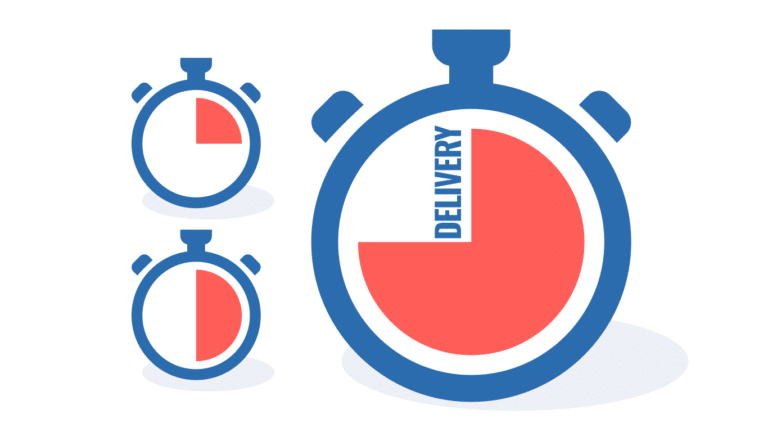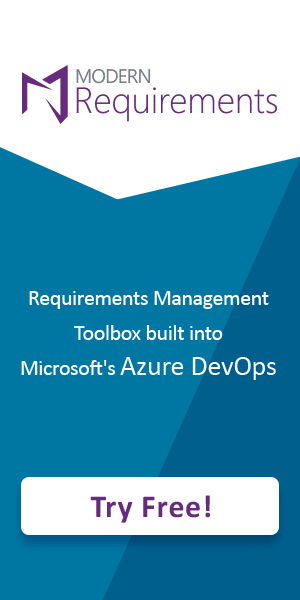The Art of Agile Requirements Management
Requirements management has slowly but surely become one of the most essential and critical aspects of any project lifecycle…

What is a Requirements Management Software?
Clearly defining the requirements which are expected to be fulfilled by the developers & engineers in your company helps decide the fate of your software and hardware development. A requirements management software helps to make this process easier and more convenient, allowing you to manage your developer expectations, goals, and progress through a unified platform.
Introducing Agility Into Requirements Management Systems
In the world of software development, especially when it comes to the modern technological era, the focus is primarily on customer satisfaction. This customer-centric approach means that in order to stay competitive in your field and on top of your niche, you must do everything you can to give your clients the best possible product and service. That is why it has become so important to invest in making your processes and operations faster and more flexible. Unfortunately, for most companies, speed often comes at the compromise of quality, a factor that is simply unacceptable in this incredibly competitive day and age.

The Agile methodology allows businesses to build software development cycles that can cope with the pressures of having to supply high quality products in short periods of time. Business need to supply these products without having to compromise on the quality of the software by encouraging factors such as collaboration, flexibility, constant communication, as well as testing. Employing this Agile strategy on your requirements management software optimizes the management process and allows you and your developers to achieve their respective goals.
Six Things An Agile Requirements Management Tool Helps You To Achieve
1. Implement and Execute Agile Tech and Strategies
An Agile requirements management software provides you with a flexible structure or framework within which you can further implement and execute various Agile methodologies and tools including the likes of Scrum and Lean.
2. Increased Collaboration
The Agile requirements management effectively gives you and your staff a platform which can be used to collaborate and communicate with one another, the interaction facilitated by in-house tools, and engagement features which encourage the formation of a social and collaborative environment.
3. Perform Trace Analysis
Tracing and monitoring at every step of the various workflows operating in your company is essential if you are to ensure each of their success. It is also important to catch any mistakes in the process and ensure that your projects are following the set guidelines pertaining to compliance and other aspects at all times. An Agile requirements management software gives you the capability to trace your tests and requirements and ensure there are no gaps.
4. Engage in User Story Generation
User stories are one of the most essential building blocks of any Agile requirements management hierarchy. These are the descriptions of your use cases in an extremely simple, user-understandable language which are stored in the requirements backlog. An Agile requirements management system allows you to generate these stories quickly and without hassle, making the process less time and effort consuming, and thus, increasing your productivity.
5. Diagram and Map Out Your Requirements
Managing operations and workflows in the framework of a large business or company is not an easy task, especially if you do not have the right point of view when observing it. With the help of Agile requirements management software, you can effectively visualize the flow of the various projects running through your company by diagramming and mapping it out. Models and prototypes can also be visualized using this technology. Additionally, diagrams can help identify your requirements and auto generate integration stories and test cases.
6. Make Everything Visible and Scalable
One of the primary purposes of Agile requirements management systems is to allow companies to make all of their operations and systems as scalable and visible as they can. By employing the use of Agile technology and methodology across the various teams and departments operating in the workplace, you can successfully monitor, track, and manage all systems from a larger perspective.
Agile Requirements Management Lifecycle
When defining the Agile requirements management lifecycle, the first step is to create a requirements backlog consisting of user stories or diagrams, maps, and visual models, either of which can be generated with the help of an Agile requirements management software as mentioned before.
The next step is to prioritize your requirements in accordance with your developer and business goals and define their boundaries to ensure that their success can be measured.

Lastly, the requirements must undergo thorough scrutiny so that they can be refined and simplified and ensured to be in alignment with your business goals and at the understanding level of your developers. The tasks may then be fleshed out further with features and links to help the developers better understand their short- and long-term goals within the product development cycle and reduce the chances of error.
Customer interaction is also a critical component of the life cycle of the software development process and must be integral to the requirements.
Agile Requirements With Modern Requirements
Modern Requirements offers you to opt for an all-encompassing solution in the form of MR4DevOps and rid yourself of the need to worry about managing the numerous little components of your requirements management & collaboration system. Operating on a capability-based system, this interface allows you to handle all of your documentation, reporting, testing, diagramming, and analysis related tasks through a single platform that is comprehensible, scalable, convenient, and extremely easy to use once you have familiarized yourself with it. Modern Requirements is built on and for Microsoft Azure DevOps. It can be use as a SAAS or deployed on-premises.
Time to Read: 10 minutes
Related Articles
Request a Demo!
- Schedule a demo with one of our trained product experts.
- Receive a personalized demo that mimics your team's process
- Engage our experts on topics such as workflow or best practices.

Reduce UAT Efforts
50% Reduction in UAT efforts

Proven Time Saving
80% time saving on creating Trace Analysis

Streamline Approvals
Significant reduction in approval delays

Increase Performance
50% requirements productivity improvement

Reduce Rework
10-fold reduction in development rework

Simplify Compliance
40% reduction in compliance reporting efforts


